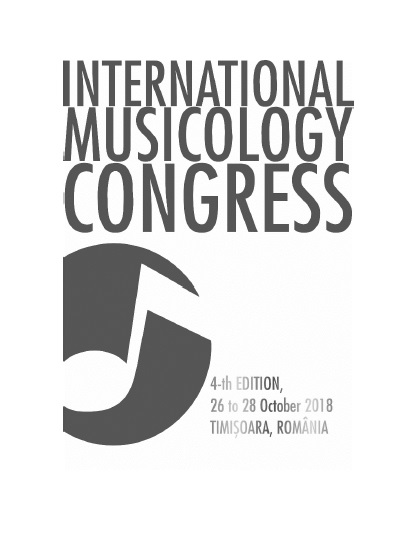FOLKLORE PEARLS THAT ERASE BOUNDARIES. A MULTITRADITIONAL TUNE AND ITS EUROPEAN ITINERARY
FOLKLORE PEARLS THAT ERASE BOUNDARIES. A MULTITRADITIONAL TUNE AND ITS EUROPEAN ITINERARY
Author(s): Nice FRACILESubject(s): Fine Arts / Performing Arts, Essay|Book Review |Scientific Life
Published by: Editura Eurostampa
Keywords: multitraditional tune; metrorhythmic pulsations; final cadence; refrain; multiculturalism; mutual influences; European countries;
Summary/Abstract: If we accept the statement that multiculturalism and diversity are resources of wealth in a society/community, we implicitly agree that traditional music – connecting cultures, nations and historical ages – makes part of that overall wealth. In our time, too, traditional music is a bridge that brings together cultures and enables them to familiarize with one another, which enhances the improvement of international/inter-ethnic relations. Speaking about music, people’s migrations, colonizations and – last but not least – cultural contacts play some role in the situations in which talented individuals take over a melodic type from one culture and ’tailor’ a poetic text (lyrics) from their own culture so as to fit it; for, inspired singers have always tended to create new songs that would correspond to the traditional criteria of their own folkloric heritage, the mentality and taste of their own time. In the beginning, one can often perceive alien element(s), foreign melody or performing style, different metrorhythmic pulsations – especially when the musical accent prevails over the lexical one. After some time, however, the genuine singers shape and enrich the adopted tunes, adjusting these to the spirit of their own tradition. In such songs which are orally passed from one generation to another, traces of the origin of a given melodic type disappear gradually (even musical experts detect it with difficulty) and the songs become part of the folkloric heritage of two or more cultures. It is an example of this very phenomenon which is the subject of examination in this paper, a multitraditional tune which survives as well-known and favourite in a number of European countries (Romania, Serbia, Croatia, Slovakia etc.). For more than two centuries, the multitraditional tune – owing to its beauty and vitality – has been radiating and taking a special position in the traditional music of several European, mostly Danubian countries. Based on the notational records from the 19th, 20th and early 21st centuries, this paper deals with the European itinerary of this gem of folklore that has been erasing borders and capturing the hearts of multitudes of those who love traditional music. The itinerary will be illustrated by the sound recordings taken from the musical-folklore treasuries of some European countries.
Journal: Congresul International de Muzicologie
- Issue Year: 1/2018
- Issue No: 4
- Page Range: 83 - 92
- Page Count: 10
- Language: English
- Content File-PDF

